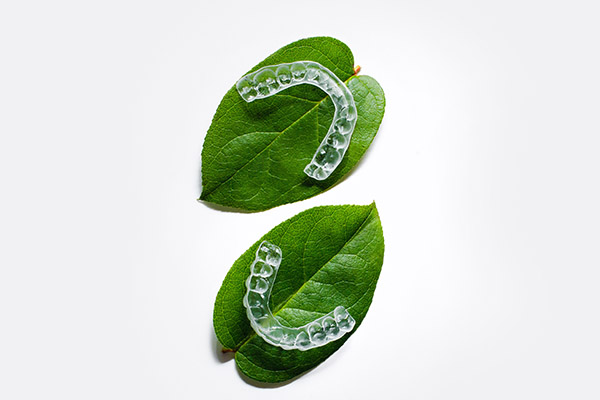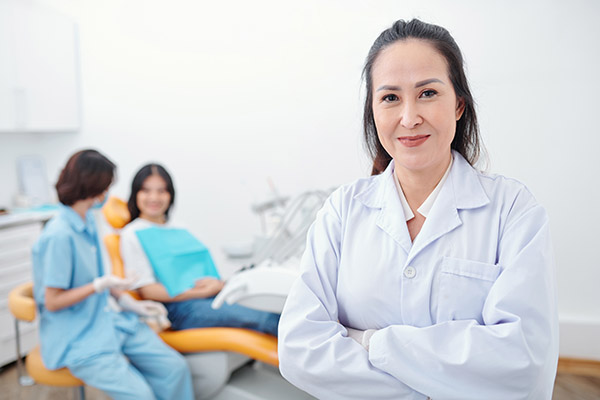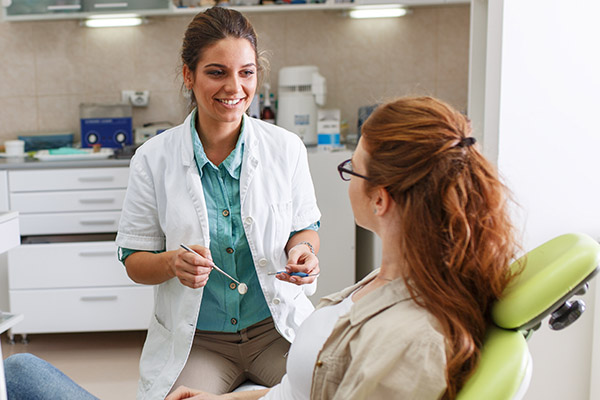 Invisalign® is a great option for dental patients who have issues with their teeth alignment. Read on to learn about dietary restrictions while undergoing Invisalign treatment. The aligner trays are removable, which means patients can take them out when it is time to eat or brush their teeth. It is also easy to brush your teeth and remove any leftover food debris. However, patients need to be wary of certain meals when undergoing Invisalign therapy.
Invisalign® is a great option for dental patients who have issues with their teeth alignment. Read on to learn about dietary restrictions while undergoing Invisalign treatment. The aligner trays are removable, which means patients can take them out when it is time to eat or brush their teeth. It is also easy to brush your teeth and remove any leftover food debris. However, patients need to be wary of certain meals when undergoing Invisalign therapy.
Foods and drinks to avoid during Invisalign treatment
Patients need to limit or avoid the consumption of certain foods while undergoing Invisalign treatment:
Sugary foods and drinks
It is important to clean the teeth properly before wearing the Invisalign aligners. Bacteria present on teeth and gums may feed on little bits of food left in the mouth. Sugary meals, as expected, provide lots of sugars for bacteria to flourish. The bacteria will cause plaque accumulation, resulting in cavities.
Throughout the Invisalign treatment, it is advisable to avoid eating anything overly sweet. Otherwise, the person must have an excellent brushing and flossing routine.
Alcohol
Alcohol contains trace carbohydrates that may contribute to plaque formation. Although alcohol's role in tooth decay is not exactly proven, dentists can often detect when a patient has been drinking even moderately. Although clear spirits such as vodka seem like water, they may significantly promote plaque formation. Plaque may be caused by even a small amount of lime juice in water. If it cannot be avoided, it is better to rinse the mouth after having an alcoholic drink.
Teeth-staining foods and drinks
It is better to prevent discoloration while wearing Invisalign. Otherwise, professional teeth whitening may be necessary after teeth straightening. Dark beverages and foods may discolor Invisalign aligners and the teeth. Extrinsic staining occurs when pigments penetrate the surface of teeth, the enamel layer, whether due to chromogens in alcohol or natural pigment present in meals. Pigment-containing foods and beverages include coffee, pomegranates, blueberries, blackberries, cherries, sports beverages, tomato sauce, and tea.
Sticky foods
Taffy, chewing gum, and caramel are just a few examples of sticky, chewy foods that may cause dental problems. Even with meticulous cleaning, it can be impossible to remove it before re-inserting the aligners completely.
Hard foods
Anything too crunchy, such as unpopped popcorn kernels or ice cubes, may cause your teeth to chip and fracture. Fillings, bonding, and other treatment may be required, which can prolong treatment and affect the pressure on the teeth that is necessary for straightening the teeth.
Final note
Invisalign's cleanliness and nutrition requirements may be difficult to meet for some patients, but it is well worth the effort. By planning your meals meticulously, you can avoid the need for restorative treatment or teeth whitening. Invisalign is a wonderful way to straighten your teeth and get an aesthetically appealing smile. Rinsing with water directly after eating may help minimize the effect of certain meals and drinks on the teeth. However, avoiding them until your Invisalign treatment is complete may be preferable.
Request an appointment or call Potomac Woods Family Dental Care at 301-202-1553 for an appointment in our Rockville office.
Related Posts
Invisalign® aligners can effectively correct many dental alignment issues like crooked, misaligned, or protruding teeth. Invisalign is a popular alternative to metal braces and uses plastic aligner trays to straighten teeth. These clear plastic trays (aligners) are custom-made by a dentist to fit tightly over the teeth and gradually shift crooked teeth into the correct…
Traditional metal braces and Invisalign® are two of the most common options for teeth straightening. Continue reading to discover the differences between Invisalign and traditional braces. When deliberating between the two options, you might ask questions about their effectiveness and cost. However, the goal is to choose the treatment option that would get the best…
Are you considering Invisalign® treatment? Read on to learn about some of the benefits of opting for this teeth-straightening treatment. According to the American Dental Association, teeth straightening is more than just for cosmetic purposes; it may help your overall oral health. While conventional metal braces are still widely used, modern technology has enabled the…


